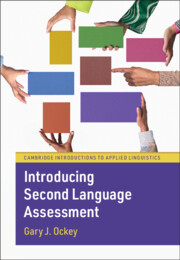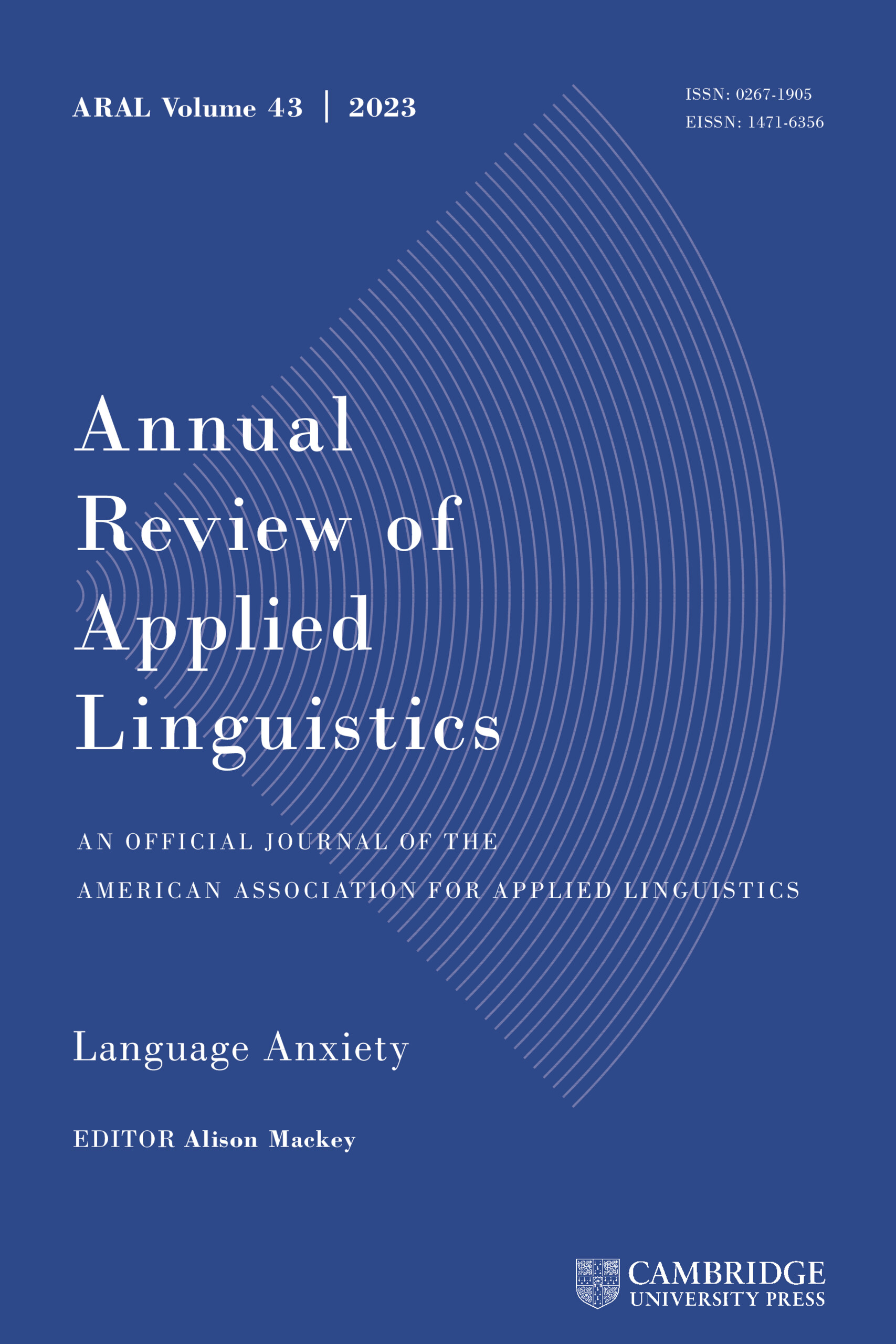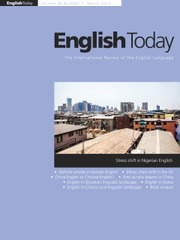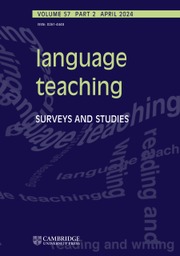Introducing Second Language Assessment
Many books have been written on the topic of second language assessment, but few are easily accessible for both students and practicing language teachers. This textbook provides an up-to-date and engaging introduction to this topic, using anecdotal and real-world examples to illustrate key concepts and principles. It seamlessly connects qualitative and quantitative approaches and the use of technologies, including generative AI, to language assessment development and analysis for students with little background in these areas. Hands-on activities, exercises, and discussion questions provide opportunities for application and reflection, and the inclusion of additional resources and detailed appendices cements understanding. Ancillary resources are available including datasets and videos for students, PowerPoint teaching slides and a teacher's guide for instructors. Packed with pedagogy, this is an invaluable resource for both first and second language speakers of English, students on applied linguistics or teacher education courses, and practicing teachers of any language.
- Filled with engaging anecdotes, real-world examples, illustrations, and activities to help students understand and apply the principles of language assessment in varied contexts
- Integrates existing and emerging technology throughout, demonstrating how these can be harnessed effectively to design, create and analyze
- Offers an accessible approach to statistical data analyses for students/teachers who have little background or training in language assessment
Reviews & endorsements
'This textbook addresses a real need in the field: a language assessment book that makes theory interpretable and comprehensible, while providing practical examples and applications that will help students become better language testers. The end-of-chapter discussion questions are an invaluable resource for instructors.' Elvis Wagner, Temple University
'This is a genuinely easy-to-read, comprehensive introduction to the complexities of language assessment. Many personal anecdotes, reflection questions, non-technical hands-on exercises, examples from real language classrooms, and supplementary online materials make this an engaging, state-of-the-art resource, valuable for language teachers, language teacher educators, students of applied linguistics, and everyone who wants to better understand the basics of language assessment.' Benjamin Kremmel, University of Innsbruck
'This book is an invaluable resource for educators, students, and researchers alike. It offers accessible insights into language assessment, focusing on practical implications. With clear guidelines for integrating cutting-edge technology such as Chatbots and virtual environments, it provides hands-on training and fosters critical discussions on language testing techniques. It is a must-read for anyone passionate about second language assessment.' Nasser Jabbari, University of Essex
'An indispensable resource, this textbook deftly bridges the theoretical and practical realms of second language assessment. Enhanced by cutting-edge technologies like generative AI, it offers both novices and experienced practitioners a profound and accessible exploration of the field.' Jessica Wu, Language Training and Testing Center, Taiwan
'Ockey bridges the worlds of language testing and educational assessment to give a comprehensive grounding in the principles of effective practice. The historical context is especially valuable in supporting more critical evaluation of current testing practices. I will be using this book with master's and doctoral students in TESOL because it shows how educators can use assessment to drive learning, building on key concepts such as assessment use arguments and needs analyses.' Mark Carver, University of St. Andrews
'Introducing Second Language Assessment provides an engaging overview of assessment practices by blending theory, practice, and personal experience. Ockey's adept and accessible exploration illuminates the importance of effective assessment design and is sure to resonate with undergraduate students who are just beginning their teaching journey.' Suzanne Johnston, University of Central Arkansas
'This is a timely addition to the shelves of applied linguists, students, and practicing teachers. In a clear and accessible way, Ockey presents a comprehensive overview of the key issues related to second language assessment, with a focus on developing practical understanding of research findings in this area and their relevance to language education. Of particular value are the numerous hands-on activities, discussion points, and additional teaching resources interspersed throughout the chapters, as they will undoubtedly assist the use of this book as both a textbook and a springboard to reflect on the role of assessment in the language learning and teaching process.' Pawel Szudarski, University of Nottingham
'In Introducing Second Language Assessment, Gary Ockey draws on decades of experience as an assessment developer, teacher, and world-class researcher to provide an overview of language assessment fit for the modern age. The book is written in an accessible style, suitable for those exploring the field of language assessment for the first time, with particularly clear explanations of statistical analyses. Each chapter includes case studies, reflection questions, exercises, and recommendations for further study, making for an engaging read. There is also a welcome focus on the role of new technologies in language assessment. This book will be of great use to anyone who seeks to develop their language assessment literacy.' Luke Harding, Lancaster University
Product details
November 2024Adobe eBook Reader
9781009079068
0 pages
This ISBN is for an eBook version which is distributed on our behalf by a third party.
Table of Contents
- Preface
- Part I. Engaging with Language Assessments:
- 1. Language assessments and tests: what do we need to know, and why should we care?
- 2. Making sense of the many approaches to language assessment
- Part II. Gaining Knowledge of Language Assessment Principles:
- 3. Context, purpose, and impact: the situation matters
- 4. What and who are we measuring? Validity and alignment
- 5. Language assessment consistency: uniformity and reliability
- Part III. Right or Wrong:
- 6. Assessing comprehension and knowledge with dichotomously scored item types
- 7. Analyzing dichotomously scored items for selecting the most proficient test takers
- 8. Judging the effectiveness of items scored as right or wrong
- 9. Identifying the masters: evaluating criterion-referenced assessments
- Part IV. Judging Test Taker Performances:
- 10. Being creative: types and delivery of performance assessments
- 11. Scoring performance assessments: rating, rating scales, and raters
- 12. Judging the effectiveness of performance assessments: validity, reliability, and dependability
- Part V. Reflecting and Self Assessment:
- 13. Evaluating our language assessment literacy
- Glossary
- References
- Index






